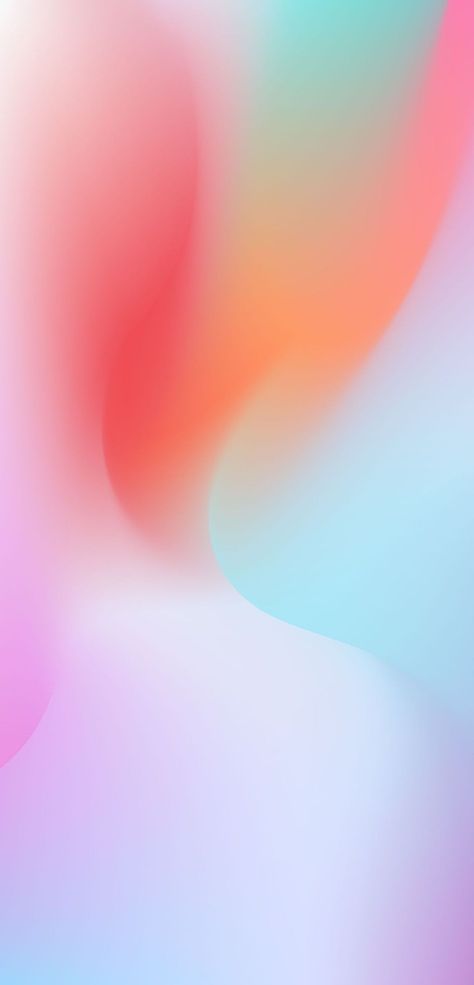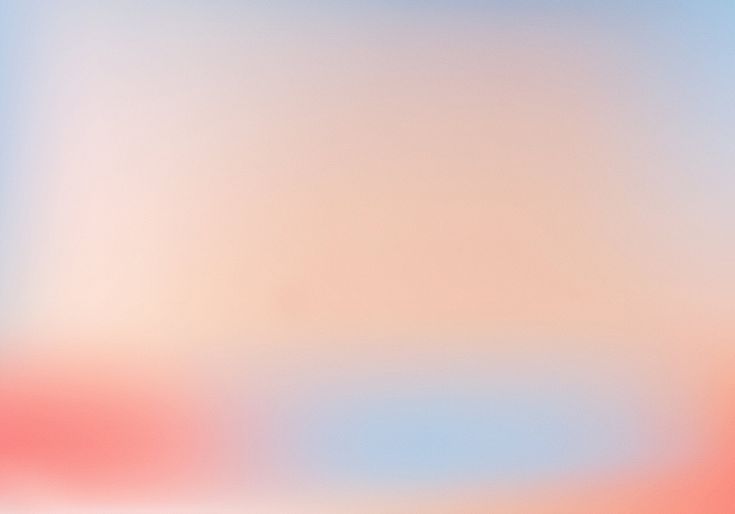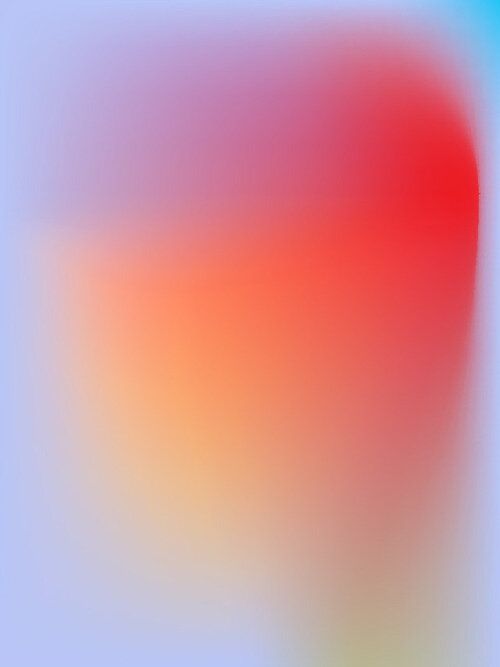Goals & Plans
Before any meaningful project you take on, the goals you set up
for yourself carry great importance. They can help you recognize
your successes, find direction and keep your eyes on the goal,
ultimately aiding in the development of a successful product.
During the web design and development minor, defining our goals
wasn't just a way for lecturers to track our process, but it was
also a requirement, aiming to teach us that all we did served as a
tool to help us grow as developers. On this page, my goals and
plans are defined in detail.
Continue to
My goals and plans In reflection
“If anyone at my funeral says 'it's what he would have wanted',
I'll kick the lid off my coffin and throttle them. Or, if I've
been cremated, I'll flip the lid off the urn and become a dust
storm in their eyes. Only you know what you truly want. Anything
else is presumption skewed through personal agendas.”
― Stewart Stafford
- The ultimate me is or has:
- Great at intuitive CSS
- A master of animations and transitions
- A knack for organic shapes and fitting elements together like puzzle pieces
- Good at drawing the eye in a logical manner
- A storyteller in her works
- The ultimate me is or has:
- Great at intuitive CSS
- A master of animations and transitions
- A knack for organic shapes and fitting elements together like puzzle pieces
- Good at drawing the eye in a logical manner
- A storyteller in her works
- My goals
- My goals
- My goals
- My goals
- My goals
- My goals
- My goals
- My goals
- My goals
- My goals
- My goals
- My goals
- My goals
- My goals
- My goals
- My goals
- My goals
- My goals
- My goals
- My goals
- My goals
- My goals
- My goals
- My goals
- My goals
- My goals
- My goals
- My goals
- My goals
- My goals
- My goals
- My goals
- My goals
- My goals
- My goals
- My goals
- My goals
- My goals
- My goals
- My goals
Intuitively write CSS ✴ become a master at responsive coding
The amount of times I rely on search engines for questions like how do I vertically align an element in a section? is frankly embarrassing. I'm in perpetual awe of those who these things "just" come to, for whom each of their works is a testament to the practice and experience they have under their belt.
Devoting my time to this very goal during this minor was an incredible opportunity I had to take with both hands. This goal is all about making logical choices to write compact, intuitive and effortless code. I want to make visually appealing sites that make sense.
The product is responsive and works on desktop as well as phone screens.
The CSS is properly nested and the HTML is semantically correct.
There's a relevant difference in the desktop + phone versions (e.g. a hamburger menu).
Utilize transitions and ☻ animations to enhance the UX
One personal preference of mine is that I love motion. Microinteractions, page transitions, automatic scrolls, or even merely a rotation icon or 'wavey' border-radius - it all contributes to the look and feel of an application or site, and it's a contribution I want to learn how to make.
This goal is about learning to apply transitions and animations at the right time to offer valuable feedback to the user, emphasize certain elements or actions or simply give a website more of an organic feel. I believe an important aspect of this is finding the balance between enhancement and overdoing it, which I'm excited to explore.
Important actions are emphasized with fitting microinteractions.
I've used at least one new animation method (GSAP, CSS animation underscored with animation-delays, etc.).
Set clear milestones ♥︎ and success criteria
This full-length goal actually says: 'Set clear project milestones and success criteria that prioritize quality, efficiency, and team well-being over excessive effort.' and is inspired by my toxic tendency to never be satisfied with what I make. If I'm not completely exhausted by the end of a project, I tend to tell myself that it's a sign that I haven't worked hard enough, and in turn I'm unable to be proud of what I made.
This goal is more of a personal goal, in that sense. I want to define tangible goals and milestones that I can reach and reflect on, so that what I manage to do is never considered the 'bare minimum', but rather a testament to the growing I've done as a developer.
Define personal project milestones prior to or at the start of the project.
Discuss success criteria with my teammates to reflect on after project completion.
In reflection
Testing... testing... is this thing on? It's officially been an entire semester - and it's time for me to look back and evaluate my progress. Because, while the wide-eyed February-Brianne had wild plans and a great vision for the months ahead, life has a habit of being unpredictable.

Intuitively write CSS and become a master at responsive coding.
I definitely feel as though I've gotten a lot stronger when it
comes to CSS and responsive coding. I must admit that I suspected
not all of my goals would manifest in the Meesterproef as I'd
hoped they would, but if anything, this was an opportunity for me
to go above and beyond in other places - such as this very
blog.
Developing this site was my first experience consciously and
intently zeroeing in on details. That's not to say that I've
neglected detailing in the past, but I was always sort of
restricted in my doing so by time and deadlines. This blog,
however, was a project that spanned over the course of several
months. The work excited me, which meant that I felt so motivated
and inspired that I couldn't help but work on it for fun,
which in turn meant that I had much more time and opportunities to
add 'extras'. One of those extras being a well-thought-out mobile
version in addition to the desktop website.
How I’ve developed my CSS skills
During a talk by Julia Miocene,
one of the things I found most interesting is how she bended
existing concepts and basic CSS properties to her own will. It's
so easy to look at other people's works and think,
I could never make something like that, but Julia's
lecture offered the opposite. It said to me,
but what if you could? I decided to find out.
To give you an example, I've worked a lot more with CSS grids and
pseudoelements like ::before and
::after to mimic organic shapes and add elements
like icons that won't result in strange behavior from a
screenreader. I've also used :has to death (I
couldn't help it, it's just too good) and my entire CSS is
organized and easy to navigate because I've applied the brand-new
CSS nesting, which I also love.
To be really honest with you, I'm extremely proud of myself. For
the first time, maybe ever, I'm excited for where I'm headed in
the future while also being at peace with where I am right now.
That's the thing about doing. It pulls you forward.

Utilize transitions and animations to enhance the UX.
Back when I defined this goal for myself, I had a very clear idea
of the projects I thought I'd work on, and the applications I
thought they would result in. I imagined myself using wild
scroll-animations and illustrations that smiled at you, plants
that bloomed on your screen or a road that was paved beneath your
cursor. For some reason, I wanted more. Less subtlety,
more of that wow-factor I always get when I find myself
doomscrolling on awwwards or Behance or
Dribble again.
But as I followed and completed my courses, I realized that less
truly is more. I learned to humble myself as I observed the values
of subtle loading screens, an element expanding on hover, a color
slowly fading to indicate an action, whichever one it might be. I
worked in proximity to people with physical disabilities that
resembled mine, and ones that didn't, and I listened to them. All
of this made such an impression on me that at this moment in time,
I find myself priding myself more on the small size of my
animations and transitions.
During my Meesterproef
My application for Tumi Mundo turned out to be a lot more functional than I'd anticipated. The assignment was to create an attentionspan test for babies aged six months to a year learning a language their parents didn't speak, meant to test whether they recognized tones in their target language. I've spent most of this project behind the scenes, working on data and API-calls and models and schemas for a mere facet of a complete app, which meant that I didn't really have the opportunity to completely flesh out this goal in design or practicality. Like my previous goal, this inspired me to discover its feasibility beyond the scope of my end-assignment. This blog is armed with a loading screen, spinning and turning animations, mini-games in the arcade and hover-effects - that exact subtlety I was after, wrapped in logical choices and positioned at calculated spots. And, of course, accompanied by the option to turn all of them off! I am, once again, very proud of this.

Set clear milestones and success criteria.
How exciting is it that I slept well these past weeks? I didn't
tremble (and neither did my eyelids), I didn't need to keep myself
awake with the help of caffeine and sugary drinks, and I went home
at reasonable times.
All this is because I was honest with my team members, and maybe
even a bit strict about my boundaries. We all agreed that creating
a facial-recognition application in an assigment with quite a
complicated UX/UI-design challenge attached to it was no small
feat, and that's why we were serious about being realistic with
our goals.
Our defined milestones and successes
The most important thing would be to have something standing. If
we somehow managed to recognize facial movement, it would be a
milestone. If we could attach that to data, or create data on an
event, that would be another milestone. If we could send that data
to a database, that would be our final milestone! Of course, this
all sounds rather easy, but it wasn't. We continuously ran into
hurdles to jump like faulty authorization and needing to transform
data before we could send it and making sure that we respected
privacy regulations due to the sensitivity of our users.
The fact that we were so clear about keeping ourselves healthy and
motivated helped. In the past I might've felt guilty for not
spending my weekend fixing that annoying bug, but due to our set
boundaries at the beginning of this process, I knew with certainty
that we would all be refreshed and ready to tackle any issues on
monday.
This is why I think the best word to describe this process is
gentle. We looked out for each other as a team and all of
our hands were helping hands at one point or another. We respected
the rest we needed and reminded each other of it if necessary, and
we were better for it. This goal is the most perfectly reached one
of all.
In conclusion
I feel a great sense of pride and accomplishment when I look back
on this semester. It is strange to think that it once intimidated
me, that I might've felt incompetent when I was just unknowing, so
unaware of all that I am capable of and all that awaited me. In
some ways, I haven't reached all of my goals, but that just means
that I can tuck them under my arm and take them with me. During my
web development job in the summer, my final internship in
September, my graduation project, and whatever may come
afterwards.
I believe I did pretty great.